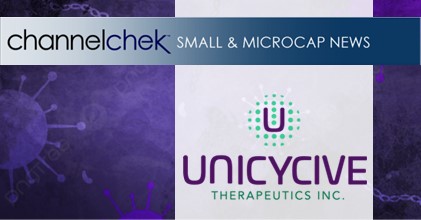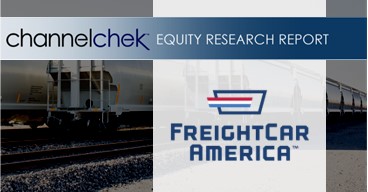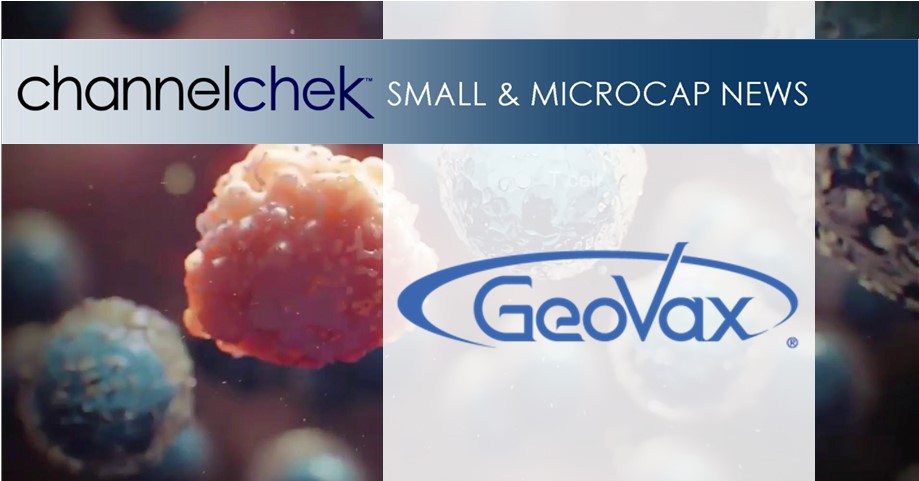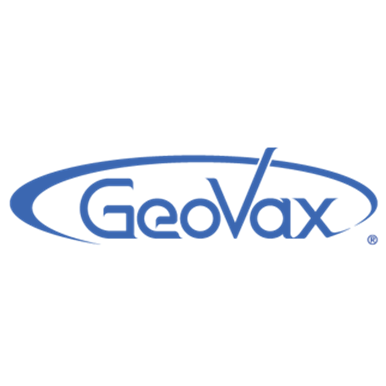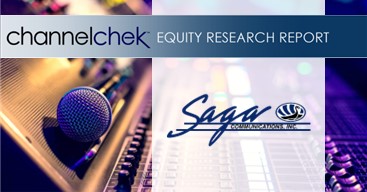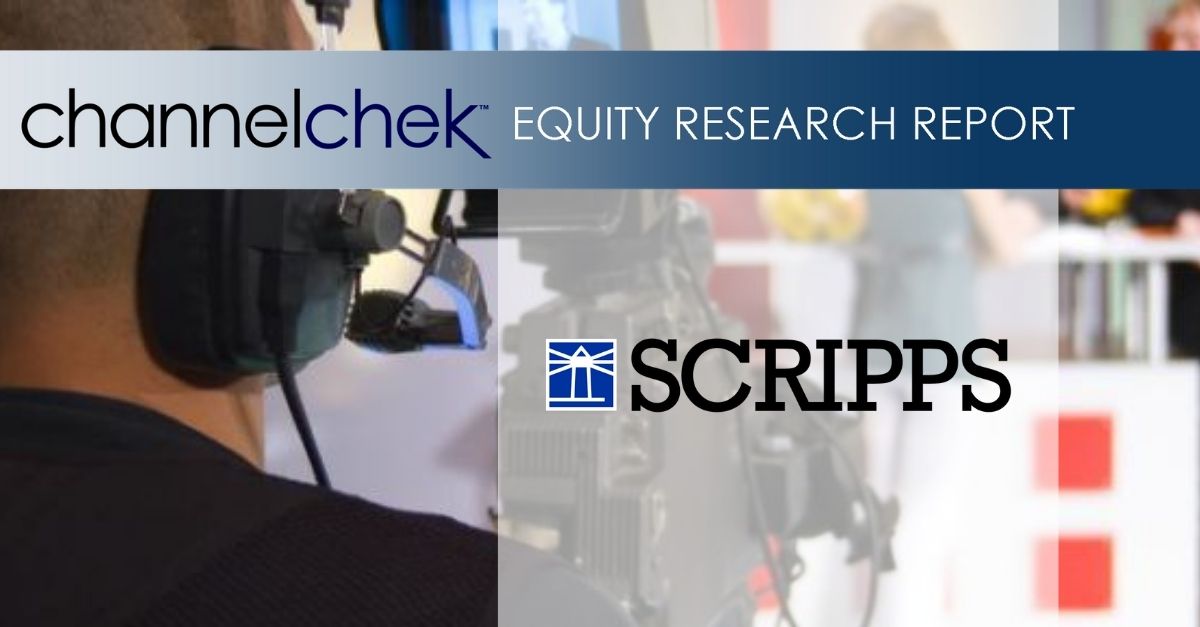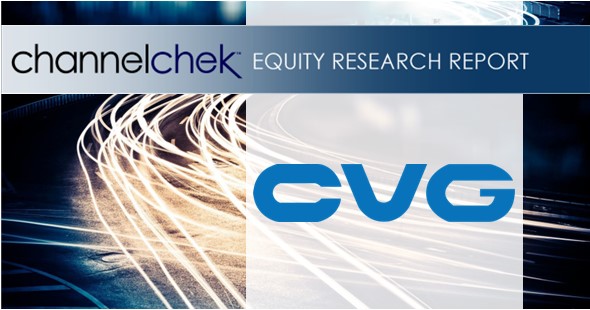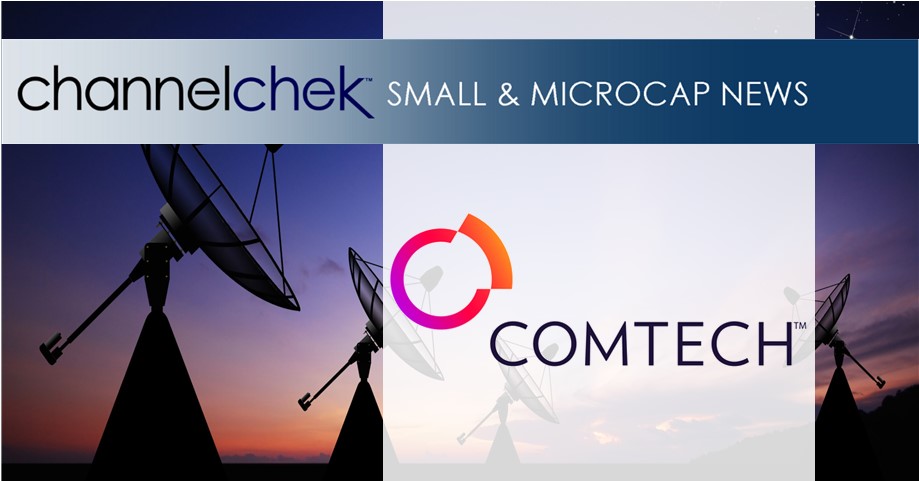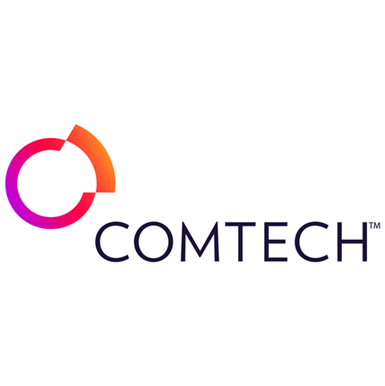
Research News and Market Data on UNCY
March 13, 2025 7:00am EDT Download as PDF
LOS ALTOS, Calif., March 13, 2025 (GLOBE NEWSWIRE) — Unicycive Therapeutics, Inc. (Nasdaq: UNCY), a clinical-stage biotechnology company developing therapies for patients with kidney disease, today announced that it will present patient reported outcomes data from its pivotal UNI-OLC-201 clinical study characterizing the potential impact of oxylanthanum carbonate (OLC) on the treatment of hyperphosphatemia in patients with chronic kidney disease (CKD) on dialysis. These data will be presented at three medical meetings, including the 2025 Annual Dialysis Conference (ADC), March 13-16, 2025, National Kidney Foundation (NKF) Spring Clinical Meetings, April 10-13, 2025, and the 2025 American Nephrology Nurses Association (ANNA) National Symposium, being held on May 1-4, 2025.
Unicycive’s investigational drug OLC leverages proprietary nanoparticle technology to reduce the number and size of pills that patients must take. If approved, OLC may provide patients and their physicians with a welcome new option to control hyperphosphatemia. The New Drug Application (NDA) for OLC was accepted by the U.S. Food and Drug Administration (FDA) for the treatment of hyperphosphatemia in patients with chronic kidney disease on dialysis. The FDA set a Prescription Drug User Fee Act (PDUFA) Target Action Date of June 28, 2025.
“Despite the availability of several approved phosphate binders, hyperphosphatemia remains uncontrolled in 75% of people in the U.S. on dialysis due to challenges of insufficient potency, pill burden and unpalatable formulations. There is a critical need for more effective solutions,” said Shalabh Gupta, M.D., Chief Executive Officer of Unicycive. “Innovative solutions such as OLC that improve phosphate control and minimize pill size and count have the potential to significantly improve adherence, empowering those on dialysis to manage their treatment more effectively.”
Unicycive abstracts to be presented at the upcoming medical meetings include:
ADC
- Title: Patient-Reported Outcomes in a Pivotal Clinical Study of Hyperphosphatemia: Oxylanthanum Carbonate Reduces Pill Burden by Half and Improves Adherence – Poster #: A-6870
- Presentation Details: Friday, March 14, 5:30-7:30 p.m. PT
- Presenting Author: Doug Jermasek
NKF Spring Clinical Meetings
- Title: Patient-Reported Outcomes in a Pivotal Clinical Study of Hyperphosphatemia: Oxylanthanum Carbonate Reduces Pill Burden by Half and Improves Adherence – Poster #: G-018
- Presentation Details: Thursday, April 10, from 5:15-7:30 p.m. ET
- Presenting Author: Guru Reddy, PhD
- Title: Pill Burden and Large Tablet Size Are Key Barriers to Phosphate Binder Adherence in Dialysis Patients – Poster #: G-297
- Presentation Details: Thursday, April 10, from 5:15-7:30 p.m. ET
- Presenting Author: Dr. Hill Gallant, PhD, RD, Associate Professor of Nutrition in the Department of Food Science and Nutrition at the University of Minnesota-Twin Cities
ANNA
- Title: Pill Burden and Large Tablet Size Are Key Barriers to Phosphate Binder Adherence in Dialysis Patients
- Presentation Details: Friday, May 2, starting at 8:45 a.m. PT
About Oxylanthanum Carbonate (OLC)
Oxylanthanum carbonate is a next-generation lanthanum-based phosphate binding agent utilizing proprietary nanoparticle technology being developed for the treatment of hyperphosphatemia in patients with chronic kidney disease (CKD). OLC has over forty issued and granted patents globally. Its potential best-in-class profile may have meaningful patient adherence benefits over currently available treatment options as it requires a lower pill burden for patients in terms of number and size of pills per dose that are swallowed instead of chewed. Based on a survey conducted in 2022, Nephrologists stated that the greatest unmet need in the treatment of hyperphosphatemia with phosphate binders is a lower pill burden and better patient compliance.1 The global market opportunity for treating hyperphosphatemia is projected to be in excess of $2.28 billion, with the North America accounting for more than $1 billion of that total.2 Despite the availability of several FDA-cleared medications, 75 percent of U.S. dialysis patients fail to achieve the target phosphorus levels recommended by published medical guidelines.3
Unicycive is seeking FDA approval of OLC via the 505(b)(2) regulatory pathway. The NDA submission package is based on data from three clinical studies (a Phase 1 study in healthy volunteers, a bioequivalence study in healthy volunteers, and a tolerability study of OLC in CKD patients on dialysis), multiple preclinical studies, and the chemistry, manufacturing and controls (CMC) data. OLC is protected by a strong global patent portfolio including issued patents on composition of matter with exclusivity until 2031, and with the potential for patent term extension until 2035.
About Hyperphosphatemia
Hyperphosphatemia is a serious medical condition that occurs in nearly all patients with End Stage Renal Disease (ESRD). If left untreated, hyperphosphatemia leads to secondary hyperparathyroidism (SHPT), which then results in renal osteodystrophy (a condition similar to osteoporosis and associated with significant bone disease, fractures and bone pain); cardiovascular disease with associated hardening of arteries and atherosclerosis (due to deposition of excess calcium-phosphorus complexes in soft tissue). Importantly, hyperphosphatemia is independently associated with increased mortality for patients with chronic kidney disease on dialysis. Based on available clinical data to date, over 80% of patients show signs of cardiovascular calcification by the time they become dependent on dialysis.4
Dialysis patients are already at an increased risk for cardiovascular disease (because of underlying diseases such as diabetes and hypertension), and hyperphosphatemia further exacerbates this. Treatment of hyperphosphatemia is aimed at lowering serum phosphate levels via two means: (1) restricting dietary phosphorus intake; and (2) using, on a daily basis, and with each meal, oral phosphate binding drugs that facilitate fecal elimination of dietary phosphate rather than its absorption from the gastrointestinal tract into the bloodstream.
About Unicycive Therapeutics
Unicycive Therapeutics is a biotechnology company developing novel treatments for kidney diseases. Unicycive’s lead drug candidate, oxylanthanum carbonate (OLC), is a novel investigational phosphate binding agent being developed for the treatment of hyperphosphatemia in chronic kidney disease patients on dialysis. Positive pivotal trial results were reported in June 2024 for OLC, and a New Drug Application (NDA) is under review by the U.S. Food and Drug Administration (FDA) with a Prescription Drug User Fee Act (PDUFA) Target Action Date of June 28, 2025. OLC is protected by a strong global patent portfolio including an issued patent on composition of matter with exclusivity until 2031, and with the potential patent term extension until 2035 after OLC approval. Unicycive’s second asset, UNI-494, is a patent-protected new chemical entity in clinical development for the treatment of conditions related to acute kidney injury. UNI-494 has successfully completed a Phase 1 trial. For more information, please visit Unicycive.com and follow us on LinkedIn, X, and YouTube.
Forward-looking statements
Certain statements in this press release are forward-looking within the meaning of the Private Securities Litigation Reform Act of 1995. These statements may be identified using words such as “anticipate,” “believe,” “forecast,” “estimated” and “intend” or other similar terms or expressions that concern Unicycive’s expectations, strategy, plans or intentions. These forward-looking statements are based on Unicycive’s current expectations and actual results could differ materially. There are several factors that could cause actual events to differ materially from those indicated by such forward-looking statements. These factors include, but are not limited to, clinical trials involve a lengthy and expensive process with an uncertain outcome, and results of earlier studies and trials may not be predictive of future trial results; our clinical trials may be suspended or discontinued due to unexpected side effects or other safety risks that could preclude approval of our product candidates; risks related to business interruptions, which could seriously harm our financial condition and increase our costs and expenses; dependence on key personnel; substantial competition; uncertainties of patent protection and litigation; dependence upon third parties; and risks related to failure to obtain FDA clearances or approvals and noncompliance with FDA regulations. Actual results may differ materially from those indicated by such forward-looking statements as a result of various important factors, including: the uncertainties related to market conditions and other factors described more fully in the section entitled ‘Risk Factors’ in Unicycive’s Annual Report on Form 10-K for the year ended December 31, 2023, and other periodic reports filed with the Securities and Exchange Commission. Any forward-looking statements contained in this press release speak only as of the date hereof, and Unicycive specifically disclaims any obligation to update any forward-looking statement, whether as a result of new information, future events or otherwise.
1Reason Research, LLC 2022 survey. Results here.
2 Fortune Business Insights™, Hyperphosphatemia Treatment Market, 2023-2030
3 US-DOPPS Practice Monitor, May 2021; http://www.dopps.org/DPM
4 Block GA, Klassen PS, Lazarus JM, Ofsthun N, Lowrie EG, Chertow GM. Mineral metabolism, mortality, and morbidity in maintenance hemodialysis. J Am Soc Nephrol. 2004 Aug;15(8):2208-18. doi: 10.1097/01.ASN.0000133041.27682.A2. PMID: 15284307.
Investor Contacts:
Kevin Gardner
LifeSci Advisors
kgardner@lifesciadvisors.com
Media Contact:
Rachel Visi
Real Chemistry
redery@realchemistry.com

Source: Unicycive Therapeutics, Inc.
Released March 13, 2025
